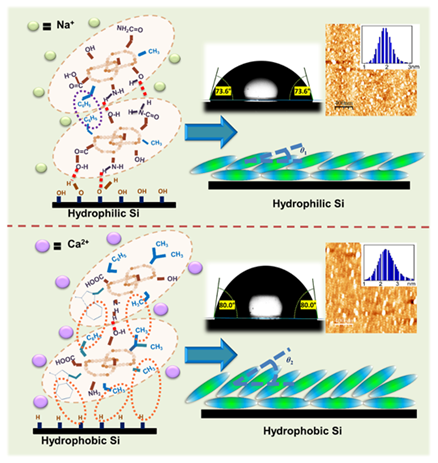Content:
- CPGRAMS: 3 Years, 70 Lakh Grievances Solved
- Fabrication of lysozyme bilayers in presence of ions can mimic biological protein absortion on inserted implants
CPGRAMS: 3 Years, 70 Lakh Grievances Solved
Context:
The Centralized Public Grievance Redress and Monitoring System (CPGRAMS), developed by the Department of Administrative Reforms and Public Grievances (DARPG), is an online platform aimed at efficient grievance redressal.
Relevance : GS 2 ( Governance)
Major Achievements (2022-2024):
- Grievances Resolved: Over 70 lakh grievances addressed effectively.
- Coverage:
- 92 Central Ministries/Departments & 36 States/UTs.
- 96,295 organizations mapped with 73,000+ active users.
- Timeline Reduced: Grievance redressal timeline reduced from 30 to 21 days.
- Milestones:
- December 2024: Fourth Sushasan Saptah resolved 3.44 lakh grievances through CPGRAMS and 14.84 lakh grievances on state portals.
Reforms & Innovations:
- Policy Guidelines 2024:
- Transparency, efficiency, and accountability emphasized through a 10-step reform process.
- Key Features:
- Grievance Cells & Nodal Officers in each Ministry/Department.
- Feedback Mechanism: Poor feedback triggers an appeal option.
- Grievance Redressal Index: Monthly rankings for performance tracking.
- AI-Powered Tools: Tree Dashboard analyzes grievances & feedback.
- NextGen CPGRAMS (Launching July 2025):
- Filing via WhatsApp/Chatbot.
- Features like voice-to-text, instant alerts, and auto-escalation.
- Machine learning-enabled auto-replies for officers.
Global Recognition:
- Highlighted at the Third Pan-Commonwealth Heads of Public Service Meeting (April 2024) as a model for effective governance.
- Case Study: Swift grievance redressal like reinstating a delayed electricity connection showcases the platform’s citizen-centric impact.
Fabrication of Lysozyme Bilayers In Presence of Ions Can Mimic Biological Protein Absortion on Inserted Implants
Context:
A research group at the Institute of Advanced Study in Science and Technology (IASST), Guwahati has developed stabilized lysozyme bilayers on silicon surfaces to mimic ion-mediated protein adsorption in living organisms. This innovation has significant implications for enhancing the functionality of implants and biomaterials.
Relevance : GS 3 ( Science and Technology )

Features of the Research:
Lysozyme as a Model Protein:
- Found in tears, sweat, milk, and saliva.
- Contains four disulfide bonds essential for biological processes.
Ion-Mediated Adsorption:
- Experiment conducted on hydrophilic and hydrophobic silicon surfaces.
- Stabilization achieved in the presence of ions:
- Monovalent (Na⁺)
- Divalent (Ca²⁺)
- Trivalent (Y³⁺)
- Stabilization achieved in the presence of ions:
Protein Orientation:
- Bottom layer: Lysozyme in side-on orientation.
- Upper layer: Molecules in side-on or tilted orientation.
Stabilization Mechanism:
- Driven by hydrogen bonding, hydrophobic, and electrostatic interactions.
- Competing interactions result in:
- Native globular form on hydrophilic surfaces.
- Elongated structure on hydrophobic surfaces.
- Competing interactions result in:
Significance of the Research:
Biomedical Applications:
- Mimics real biological processes for implants.
- Enhances ion-mediated protein-surface interactions for biomaterials.
Surface Properties:
- Increased lysozyme adsorption leads to higher contact angles, improving implant compatibility.
Room Temperature Fabrication:
- Simplifies the process for practical applications.
Publication:
- Published in the New Journal of Chemistry (Royal Society of Chemistry).





